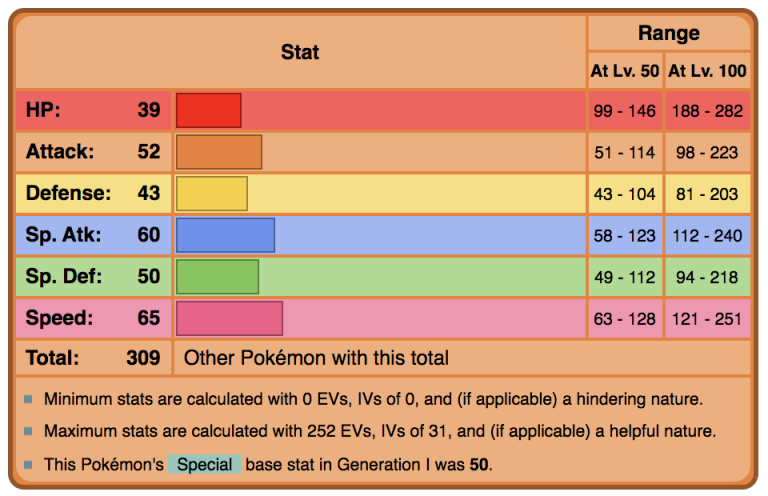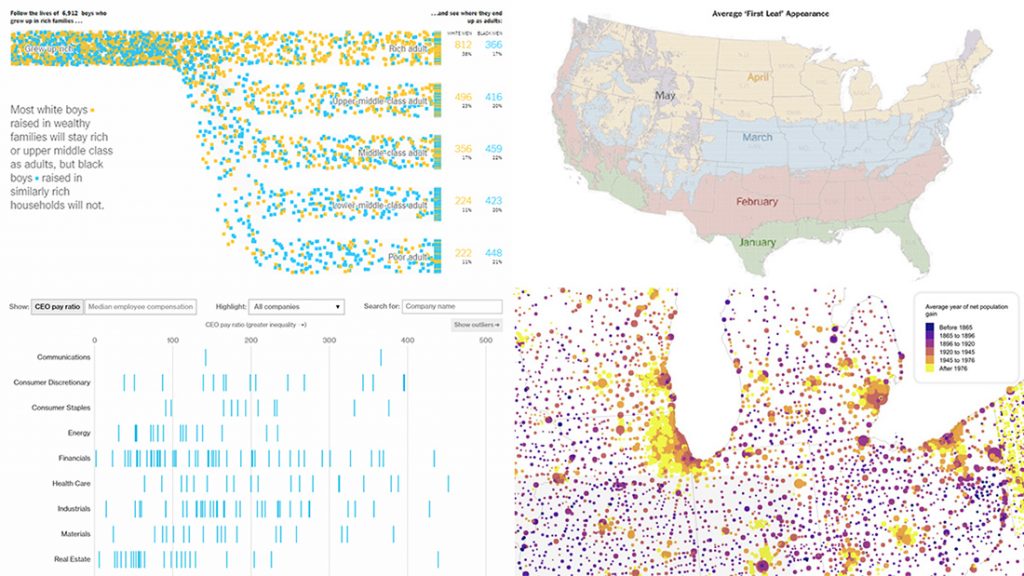
#Anychart ready document how to
Lot of charts using it, so let's take a step-by-step tour and learn how to create a page with a chart on it.

Taking the same approach, we can adjust the appearance of falling and rising columns as shown below. To change the look of the columns which represent totals, these methods can be combined with such methods as fill() to set the fill, hatchFill() to set the hatch fill, and stroke() to set the stroke. The appearance of the waterfall chart columns can be configured for three different states: normal(), hovered(), and selected().
#Anychart ready document series
So, in this case, we create a waterfall chart, then configure a series, and then feed the data: // create a waterfall chart var chart = anychart.waterfall() // create a series and set the data var series = chart.waterfall(data) To change the design that way, we need an explicitly defined series. Instead of using default colors, this is high time to personalize the column appearances and make them elegant by giving a touch of some magnificent colors. Change the appearance of the waterfall columns See this customized JS waterfall chart with HTML formatted labels on An圜hart Playground. Just set the X-axis label rotation like that: chart.xAxis().labels().rotation(-90) The X-axis labels (category names) are quite long.

We can also add a title for the Y-axis, specifying that the figures are provided in millions: chart.yAxis().title('Amount (in millions)') Waterfall Chart Example html, body, #WaterfallContainer ') The first thing is to make an HTML page where the waterfall chart can be rendered. Let’s follow these steps now and build a cool JavaScript waterfall chart based on that approach. Step 3: Load the dataset required to be visualized.Step 2: Reference all necessary JavaScript libraries.Generally speaking, there are four fundamental steps to take when visualizing any chart in JS: All aboard! How to Create a Basic JS Waterfall Chart Hence, be with me to reach our target step by step, so in the end, you’ll see how a lot of numbers can be made sense of with real ease when illustrated as a beautiful, interactive, JS waterfall chart.

In this tutorial, let’s look at the 2020 income statement for Alphabet Inc.

To see waterfall charts in action and learn how to build them with JavaScript (HTML5), we need some interesting real-world data to visualize. In finance, a waterfall chart is often called a bridge you may have also heard it referred to as a cascade, Mario, or flying bricks chart. These additions and subtractions can be time-based or represent categories such as multiple income sources and expenditures. Waterfall charts illuminate how a starting value turns into a final value over a sequence of intermediate additions (positive values) and subtractions (negative values). Do you want to know how to easily add a waterfall chart to a web page or application using JavaScript? This tutorial will make sure you’re prepared to confidently deal with that sort of interactive data visualization development!


 0 kommentar(er)
0 kommentar(er)
